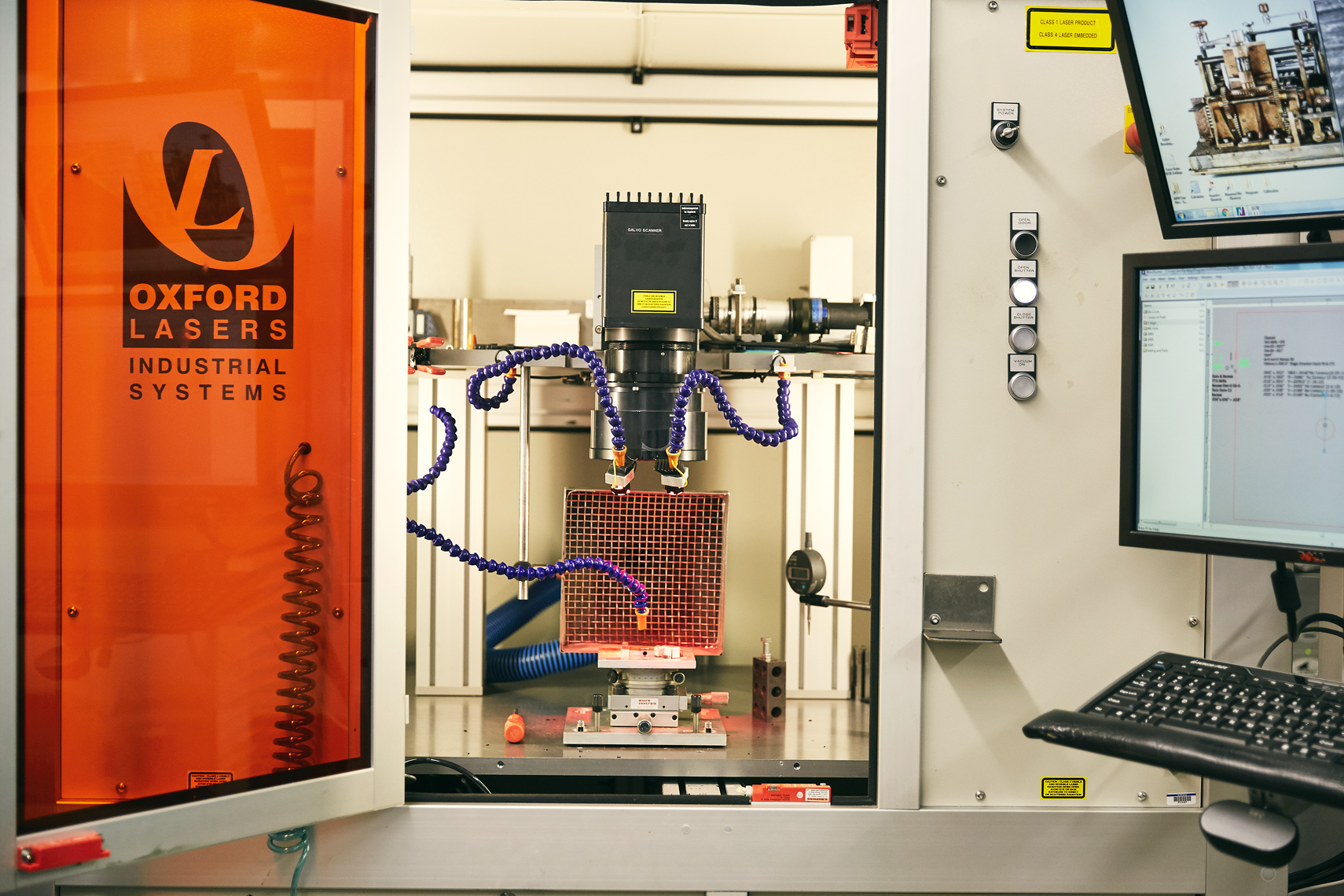
Objective
NANOTECHNOLOGY INITIATIVE
Nanomaterial-enabled technologies (NET) are nearing commercialization. However, the potential impacts and risks associated with these technologies including environment, health, and safety (EHS) are not fully understood. Due to the limited knowledge it has been a challenge to commercialize NET-based products.
The goal of this effort is to create and communicate tools that promote the safe, rapid transition and commercialization of advanced nanomaterials and nanomaterials based technologies. As a case-study to develop these tools, our focus is on a carbon nanotube (CNT) based sensor technology that is currently being developed by Brewer Science Inc. Using a life cycle approach, this effort will address EHS issues, regulatory requirements, product liability concerns, and identify additional obstacles to future advanced technology commercialization. As part of the effort, we aim to increase public education, understanding and positive impact from responsible nanomaterial commercialization.
The research team, composed of Missouri State University (MSU), Brewer Science Inc. (BSI), and the Engineer Research and Development Center – Environmental Laboratory (ERDC-EL), will conduct a systematic study on the “cradle to grave” life-cycle analysis (LCA), as well as a life cycle impact assessment (LCIA) on the risks of carbon nanomaterial-based sensor devices. To accomplish this effort we outline four component activities that describe the tasks, timeline, and products over the next 2-4 years. The four components are shown below.

Sensor Development
Conduct the fundamental research to develop a printed carbon nanotube sensor.

Life Cycle Inventory / Life Cycle Analysis
Employ LCA techniques to identify the releases and expenditures across the life cycle of the CNT sensor platform and guide subsequent risk-based evaluations.

Environment and Health
Develop a framework to guide analysis of NET properties, potential releases, fate and transport and toxicity. | AST WK48313 | Reference |

Cross Cutting Themes
Outreach through communication and dissemination of our research findings and tools to industry, regulators, the research community, and the general public.
